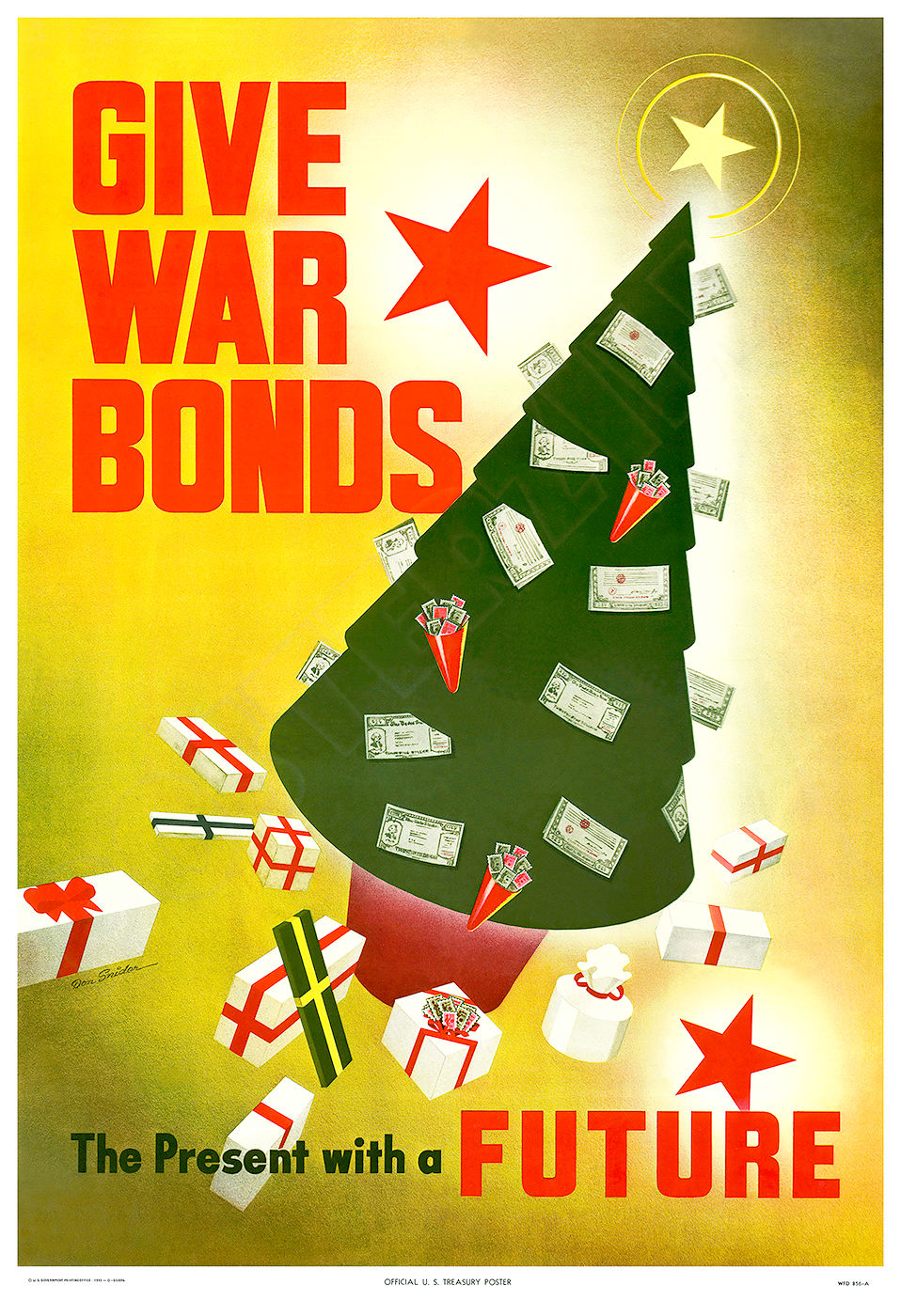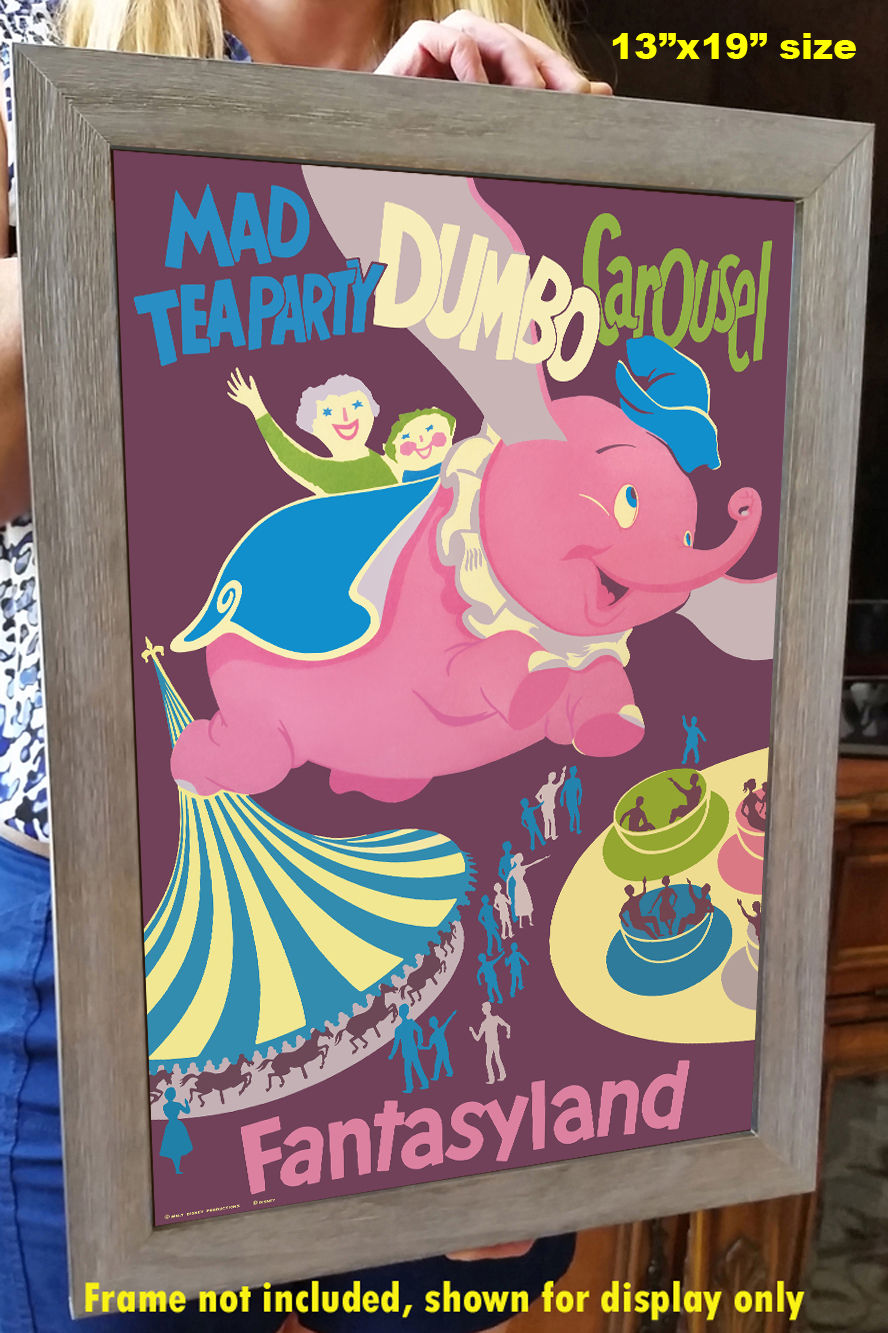This beautiful reproduction poster has been re-mastered from a 1951 advertisement for the Willys station wagon featuring a classic image of American suburbia.
The vibrant colors and detail of this classic image have been painstakingly brought back to life to preserve a great piece of history.
The high-resolution image is printed on heavy archival photo paper, on a large-format, professional giclée process printer. The poster is shipped in a rigid cardboard tube, and is ready for framing.
The 13"x19" format is an excellent image size that looks great as a stand-alone piece of art, or as a grouped visual statement. These posters require no cutting, trimming, or custom framing, and a wide variety of 13"x19" frames are readily available at your local craft or hobby retailer, and online.
A great vintage print for your home, shop, or business!
HISTORY OF WILLY’S JEEP STATION WAGON
Successor: Jeep Wagoneer
The Willy’s Jeep Station Wagon, Jeep Utility Wagon, and Jeep Panel Delivery, were produced by Willys in the United States, from 1946 to 1965. Production in Argentina and Brazil continued until 1970 and 1977, respectively. They were the first mass-market, all-steel station wagons designed and built as a passenger vehicle.
With over 300,000 wagons and its variants built in the U.S., it was one of Willys' most successful post-World War II models. Its production coincided with consumers moving to the suburbs.
The Jeep Station Wagon was assembled in several international markets under various forms of joint ventures, licenses, or knock-down kits.
Development and Reception
The Jeep Station Wagon was designed in the mid-1940s by industrial designer Brooks Stevens. Willys did not make their own bodies, car bodies were in high demand, and Willys was known to have limited finances. Brooks therefore designed bodies that could be built by sheet metal fabricators who normally made parts for household appliances and could draw sheet metal no more than 6 inches (152 mm). The Wagon's all-steel body was sometimes painted to resemble a woody.
The steel body was efficient to mass-produce, easier to maintain, and safer than the real wood-bodied station wagon versions of the time. Within the first two years of the Jeep Wagon's production, the only manufacturer in the United States with a station wagon that was comparable in price was Crosley, who introduced an all-steel wagon in 1947.
The Jeep Station Wagon was the first Willys product with independent front suspension. Barney Roos, Willys' chief engineer, developed a system based on a transverse seven-leaf spring. The system, called "Planadyne" by Willys, was similar in concept to the "planar" suspension Roos had developed for Studebaker in the mid-1930s.
For some time after the 1949 introduction of a four-wheel-drive option, the 2WD was sold as "Station Wagon", while the 4WD was marketed as "Utility Wagon." The 4WD Willys Jeep Wagon is often considered the first production sport utility vehicle.
Production timeline
Willys Jeep "Estanciera" made by IKA in Argentina.
Brazil – Willys Wagon became the Ford Rural (1969-1974 model)
Willys Jeep Station Wagon taxi, Cuba.
USA
1946: introduced as the 463, powered by the L-134 Go-Devil flathead inline-four engine.
1947: a panel van introduced with one seat, a pair of doors instead of the wagon's tailgate, and no side windows behind the front doors.
1948: introduction of the 663, powered by the L-148 Lightning straight-six engine. A luxury version, the Station Sedan, had solid body colors with basket-weave trim on the sides and was better finished than the wagon throughout.
1949: four-wheel-drive became an option.
1950: the flat grille was replaced by a pointed v-shape design with five horizontal bars across the vertical ones. The 473 model got the new 'F-134 Hurricane, and the 673 model got a new 161 cu in (2.6 L) version of the Lightning six. Station sedan discontinued.
1952: the flathead Lightning was dropped in favor of the F-161 Hurricane, installed in the 685 model.
1954: the first under Kaiser's ownership. The 6-226 Super Hurricane, a flathead inline six, was introduced. This was a version of the Kaiser Supersonic/Continental Red Seal engine and became available on four-wheel drive versions in 1954. Minor revisions were made to front end styling that year, including the reduction of the number of horizontal slats in the grille from five
to three. There were few other changes between 1953 and 1955.
1955: A number of new models were added. The 6-226 model lineup gained stripped chassis, flat face cowl, cowl/windshield, and ambulance models. The 475 line received only the cowl/windshield. Willys withdrew from the passenger car market and renamed the vehicle the Utility Wagon. The seventh seat and the overdrive were deleted, and the Planadyne front suspension used with the two-wheel drive wagon was replaced with a beam axle. Warn hubs, with which the front drive mechanism could be disengaged by turning the hubs by hand, became optional on four-wheel drive models.
1958: The Maverick model introduced, a more luxurious version of the two-wheel drive wagon.
It could be had only with the four-cylinder engine. The main upgrades were in the introduction of two-tone paint with matching interior in two tones and the standard AM radio. It was distinguished by its extra stainless steel trim ring under the windows. The Maverick name came from the TV series of the same name, of which Willys was a sponsor.
1962: the 6-230 Tornado OHC engine was introduced midyear, replacing the flathead.
1965: production ends as the Willys model had been phased out by the Jeep Wagoneer.
top of page
$19.95Price
Color: Multi
These are simply the best posters available! You will be thrilled with the image quality, vivid colors, fine paper, and unique subjects.
Our posters are sized for standard off-the-shelf frames, with no custom framing required, providing huge cost savings!
Related Products
bottom of page































